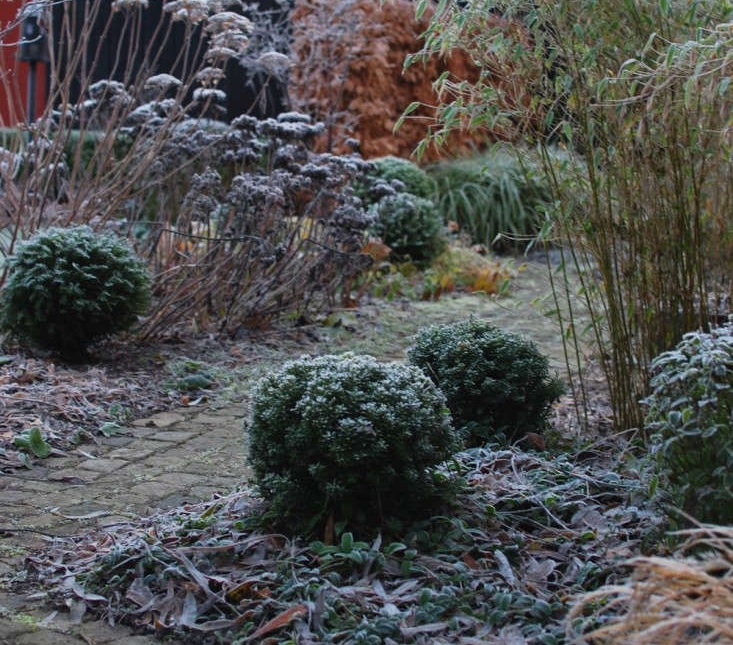After the hard bite of winter has loosened its grip on gardens and window boxes in early spring, and frost-nipped green fingers begin to thaw, gardeners are primed to succumb to the lure of instant flowers in four-inch pots. Nemesias, a cold-tolerant annual native to South Africa, are a charming spring filler to combine with the more ubiquitous (but appealing) up-turned faces of pansies and violas. And as the horticultural industry develops more (and more, and more) nemesia hybrids, their colors, form, and even heat-tolerance have expanded to include a rainbow of choice. They are an ultra-pretty, low-fuss plant for window boxes and pots, and even play well with others in larger garden beds.
Photography by Marie Viljoen.

The Nemesia genus occurs natively only in South Africa, and belongs to the snapdragon family, Scrophulariaceae, which includes thousands of species worldwide.

Nemesia flowers share the snapdragon trait of appearing to have tiny, muppet-like “mouths”—in Afrikaans, they are called leeubekkies (little lion mouths). Vexingly, at least for plant geeks, very similar-looking butter-and-eggs, a.k.a. toadflax (Linaria) are no longer their relatives; they have been reclassified, and have shifted into the Plantaginaceae family.

It’s easy to disappear into a rabbit hole when trying to trace the hybridization and cultivar-creation of modern nemesias for the international nursery trade. For most of us, it’s enough to know that these sweet little plants offer airy and colorful interest early, and that the interest persists for months. While nemesias are very forgiving of cold temperatures (above freezing) they are also—increasingly—bred to survive wilting humidity.





Planted when nights are in the 40s, the little plants will become substantial by late spring. As their flowering stems continue to lengthen, new blooms appear at their tips. When only few more buds remain, shearing the stems right back will encourage a new flush a few weeks later. In this way I keep my own little nemesia collection in bloom into August.



Many cultivars of nemesias are scented—give them a good sniff when purchasing.

Keep It Alive
- Plant nemesias when night-time temperatures are reliably above 35 degrees Fahrenheit.
- Nemesias prefer full sun, although morning sun-only is fine in more humid climates.
- They require good drainage—soggy roots spell death.
- To encourage a new flush of growth and bloom, cut nemesias back hard when only a few more buds remain at the ends of their flowering stems.
- As tiny, cut-flowers nemesia last well indoors.
- Nemesia flowers are edible!
For more annuals, see:








Have a Question or Comment About This Post?
Join the conversation